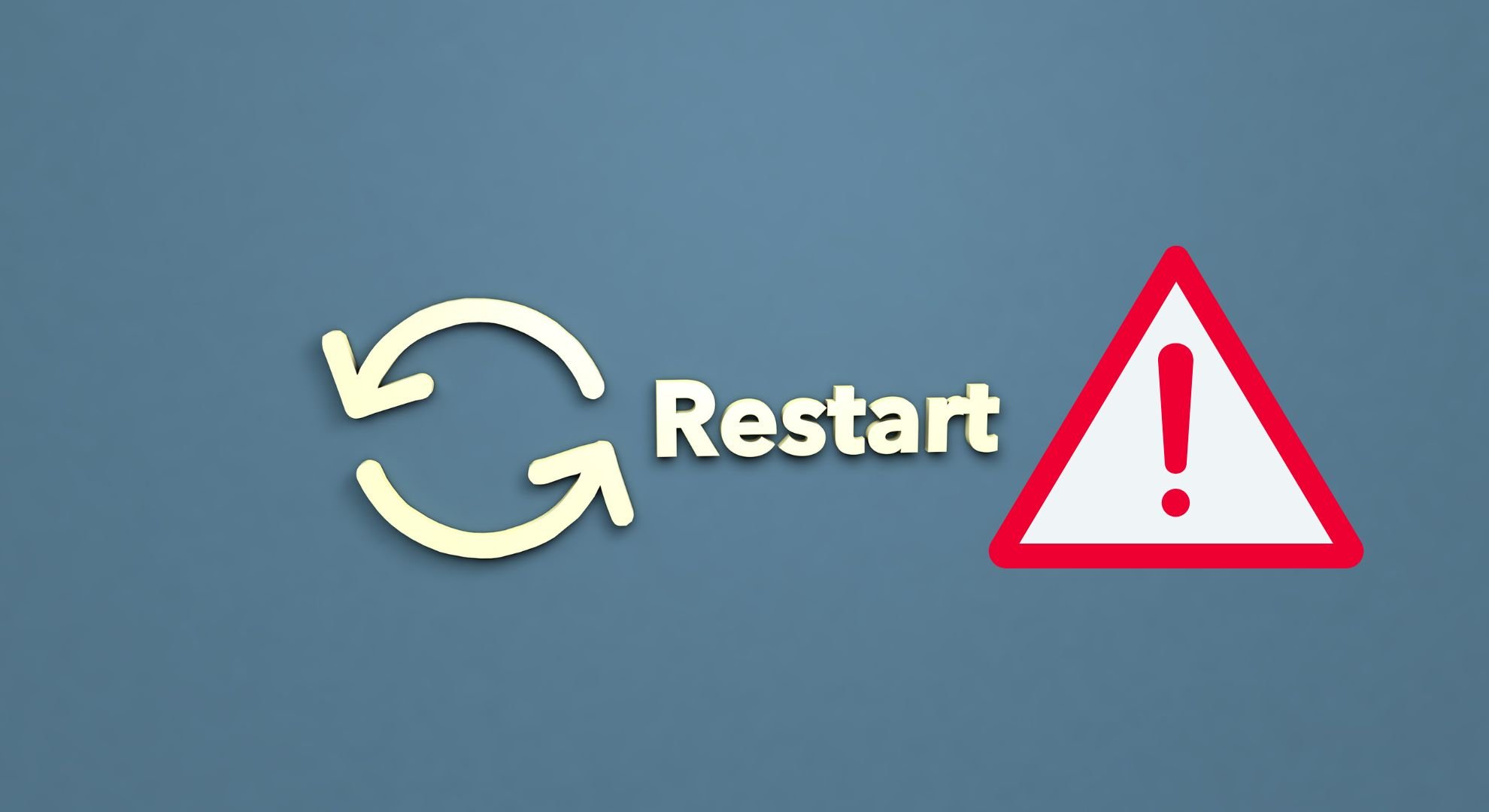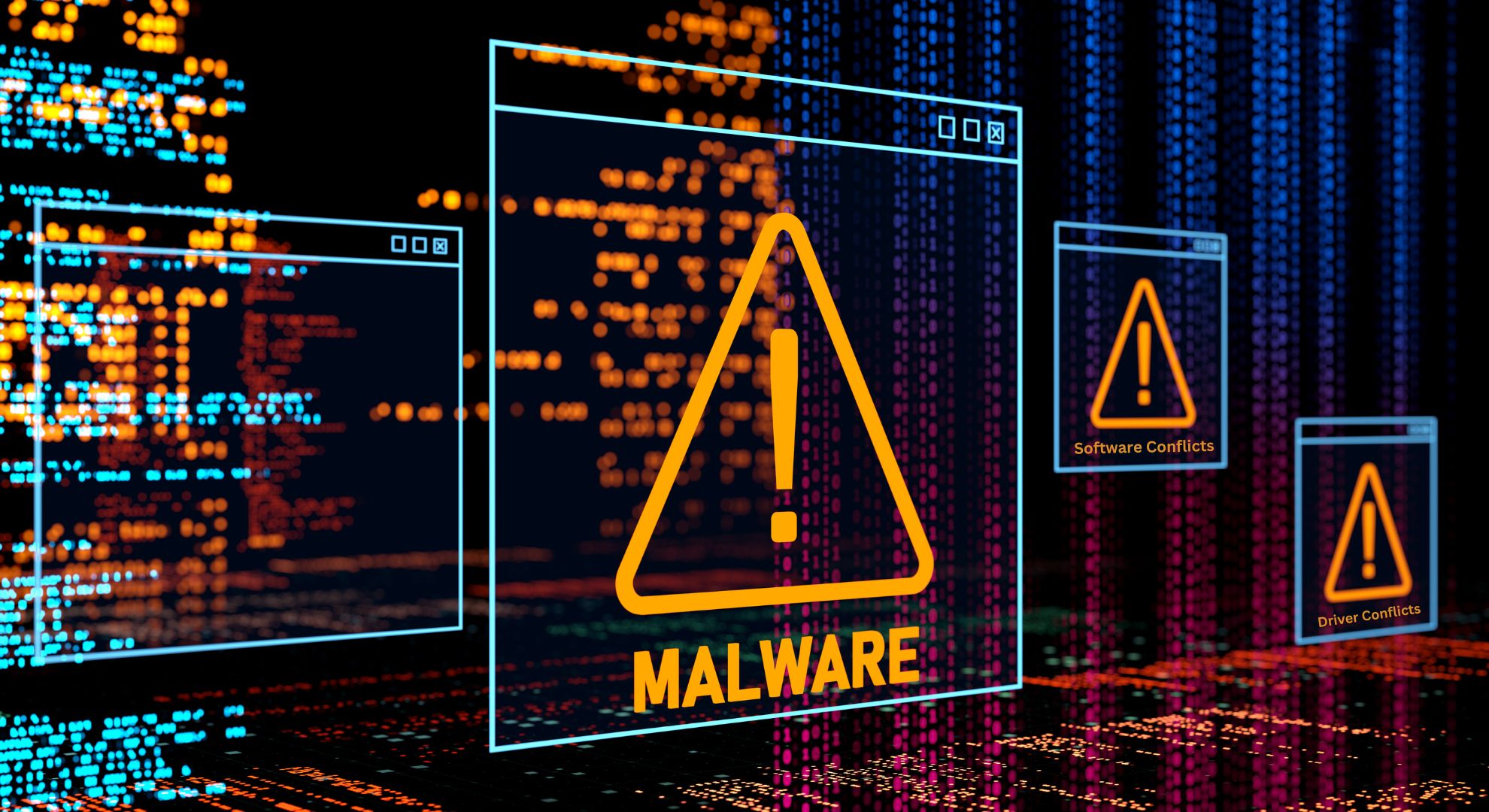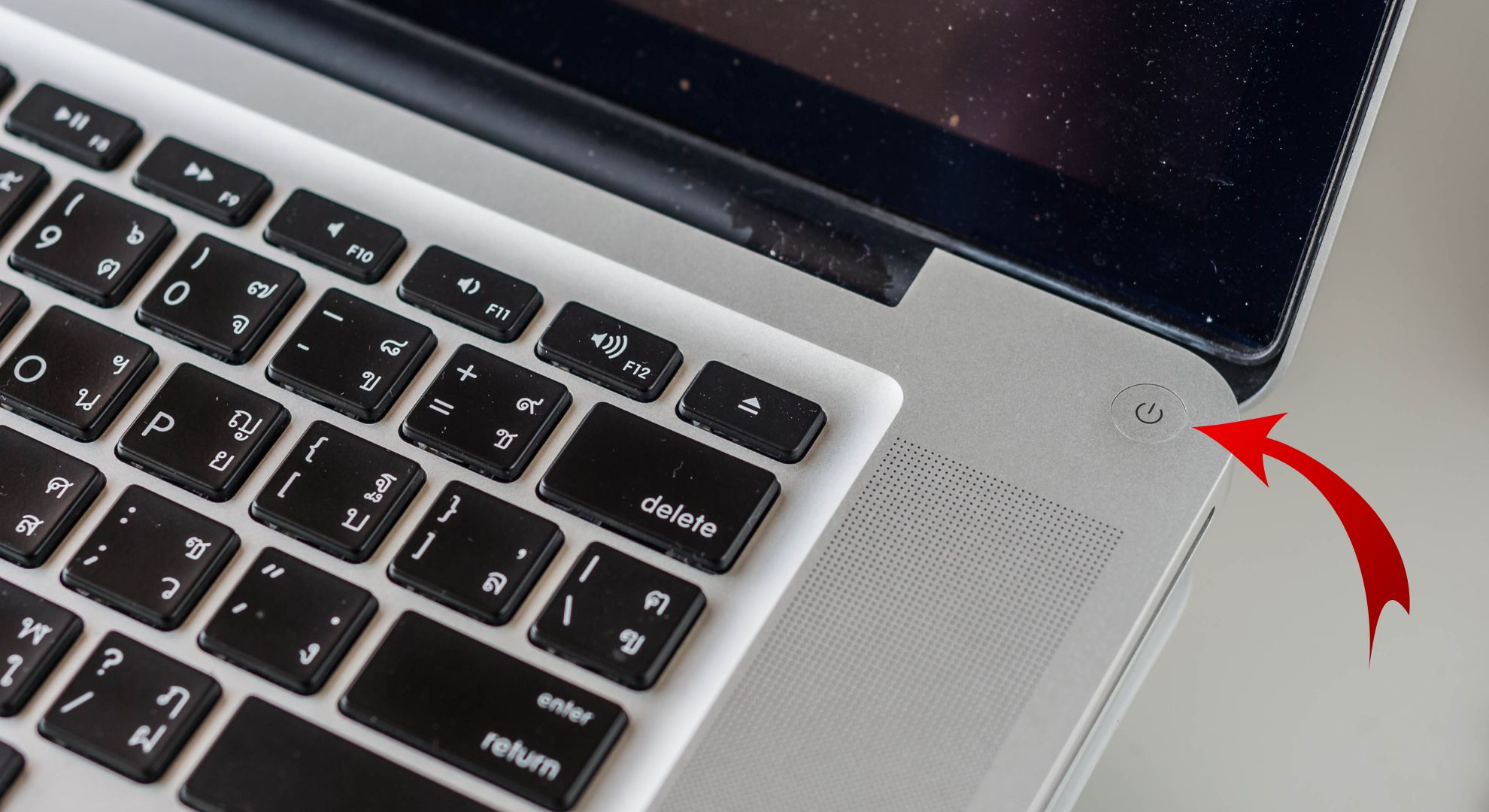6 Easy Fixes for When Your Laptop is Stuck Restarting
When your laptop gets stuck on the “restarting” screen, it can feel like more than just a minor inconvenience. This is a common problem for many users on different brands that run Microsoft Windows, and it often results in being stuck in an unending loop.

In this guide, we’ll look at the main reasons why your laptop might be stuck restarting and provide clear, practical steps to fix it. Whether the cause is a minor glitch, an update that’s in progress, or a deeper software issue, we’ll help you cover all the bases to get your system working again.
When your laptop is stuck on the restarting screen, it’s trapped in a loop where it tries to reboot but never gets to the login screen or desktop. This usually shows up as a message saying “Restarting“, a constantly spinning wheel, or a logo that never changes. Here are some common signs:
- The restarting message or logo stays on the screen for an unusually long time without changing.
- The laptop might shut down and try to restart itself over and over again.
- Sometimes, the screen may flicker or error messages might quickly appear and then disappear.
↪ Possible causes

There can be several reasons why a laptop might get stuck while restarting, from software issues to hardware faults. Here are some of the most common causes:
- Software conflicts: Sometimes, different apps or system processes can interfere with each other during startup, causing the system to hang.
- Hardware problems: Failing parts such as hard drives, RAM, or the motherboard can stop the operating system from loading properly.
- Operating system updates: If an update was interrupted or the files are damaged, it can prevent your laptop from booting up correctly.
- Driver issues: Outdated or faulty drivers may stop the system from starting, as the hardware can’t communicate effectively with Windows.
- Malware or viruses: Harmful software can disrupt the normal operation of your system by damaging files or running unwanted processes.
- Power supply problems: Faulty batteries or chargers, especially in laptops, can interrupt the boot process.
How to fix the laptop stuck restarting issue?
If your laptop is stuck on the restarting screen—don’t worry, we have you covered! Here are some tried-and-tested steps you can take to get your laptop working again:
1. Force Restart your Laptop

Doing a force restart can help clear out temporary files and stop any processes that are frozen. This will often solve the problem if your laptop is stuck on the restarting screen.
To force restart, press and hold the power button on your laptop for about 10 seconds, until it shuts down completely. Then, press the power button again to turn it back on. This will start a fresh boot, which may fix the issue.
2. Run the Windows Troubleshooter
If your laptop is stuck on the restarting screen but you can still get into Windows, try using the Windows Troubleshooter. This tool looks for common problems and tries to fix them automatically.
This step will only help if you are able to access your desktop, even if just briefly during a random successful start.
- Press Win + R to open the Run box. Type “Control Panel” and click “OK.”

Click OK - In the Control Panel, click the search bar and type “troubleshooting.” Then, select the “Troubleshooting” option.

Click Troubleshooting - On the left, click “View all” to see every troubleshooter available.

Click on View All - Select “System Maintenance“, then follow the on-screen steps to let Windows diagnose and fix any found problems.

Click on System Maintenance
3. Boot in Safe Mode
Booting in Safe Mode starts your laptop with only the basic drivers and programs needed. This can help you troubleshoot if a specific software or driver is causing the restart problem.
- Press Win + R, type “msconfig“, then hit Enter or click OK.

Type msconfig - Click the “Boot” tab.

Open the Boot tab - Check the box next to “Safe Boot“, then click “Apply” and “OK“.

Click OK
4. Perform Startup Repair
Windows has built-in recovery options like Startup Repair that can fix problems which prevent your laptop from restarting properly. Startup Repair looks for issues—like missing or damaged system files—and tries to automatically fix them.
- Restart your laptop and repeatedly press the F11 key (or the key your brand uses) as it boots up to get to the Windows Recovery Environment.

Press F11 Key - Choose “Troubleshoot” from the options.

Select Troubleshoot - Then select “Advanced options“.

Click on Advanced options - Find and select “Startup Repair“, then follow the instructions to let Windows try to fix any issues stopping your laptop from starting up.

Click on Startup Repair.
5. Uninstall Recent Updates
If your laptop started having problems after a recent Windows update, uninstalling the update may help. Sometimes updates contain bugs or cause conflicts. Here’s how to uninstall recent updates:
- Boot into Windows Recovery by restarting your laptop and pressing the F11 key as it powers up.

Press F11 Key - Once in recovery, choose “Troubleshoot“.

Select Troubleshoot - Go to “Advanced options“.

Click on Advanced options - Click “Uninstall Updates“, then follow the prompts to remove the problematic update. Restart your laptop to check if it’s now working properly.

Click Uninstall Updates
6. Update Drivers
Making sure your drivers are up to date is an important part of keeping your laptop running smoothly, and it can help prevent problems like being stuck on the restarting screen. Driver updates often include important fixes, performance boosts, and better security.
- Right-click the “Start” button and select “Device Manager.”

Open Device Manager
- Right-click each device with a warning and select “Update driver.”

Click Update Driver - Choose “Search automatically for updated driver software” and follow the instructions Windows gives you.

Click Search automatically for updated driver software
For specific hardware (like graphics cards or printers), it’s sometimes best to visit the manufacturer’s website and get the latest drivers from there. After updating, restart your laptop to make sure all changes take effect and check if the restart problem has been fixed.
 Reviewed by
Reviewed by 



